Description
Smart Classroom Automation Using PIC16F877A
In today’s world, technology plays a crucial role in enhancing productivity, efficiency, and comfort. The idea of automating a classroom using a range of electronic components is a perfect example of how embedded systems can be applied to make the classroom environment smarter and more efficient. In this project, we use a variety of sensors, a microcontroller, and actuators to create a Smart Classroom Automation system, which manages visitors, lighting, and fan speed in response to different parameters like the number of people in the room, temperature, and light intensity. This project uses components such as LDR (Light Dependent Resistor), LM35 (temperature sensor), LCD16x2, PIC16F877A microcontroller, IR sensors, MOC3021, and TRIAC BT136 to achieve the desired functionality.
System Overview
The Smart Classroom Automation system is designed to control lighting, fan speed, and detect visitors entering or exiting the classroom. The system ensures that the room remains comfortable by automatically adjusting the fan speed according to the temperature and turning the lights on or off based on the light intensity and occupancy of the room. Additionally, the system tracks the number of visitors entering and exiting the room, displaying the count on an LCD screen.
Key Components Used
- PIC16F877A Microcontroller: The heart of the system, the PIC16F877A, is responsible for controlling all the sensors and actuators. It processes inputs from the IR sensors and other devices and takes appropriate actions.
- LDR (Light Dependent Resistor): The LDR is used to measure the light intensity in the room. Based on the light level, the system can turn the lights on or off to maintain the required illumination.
- LM35 Temperature Sensor: The LM35 measures the ambient temperature in the room. The microcontroller processes the temperature readings and adjusts the fan speed accordingly.
- LCD16x2 Display: The LCD is used to display the current visitor count in the classroom. It shows how many people have entered or exited the room.
- IR Sensors: Two IR sensors are placed at different locations to detect the entry and exit of visitors. When a person crosses the sensor from one side, the visitor count increases, and when a person crosses the other sensor, the visitor count decreases.
- MOC3021: The TRIAC , in combination with the MOC3021 optocoupler, is used to control the high-power AC devices like lights and fans. The MOC3021 provides electrical isolation, ensuring safety when interfacing with high-voltage circuits.
- TRIAC BT136: The TRIAC is used to control the AC fan and light. Based on the commands from the microcontroller, the TRIAC adjusts the power supplied to the fan and light.
Working Principle
Visitor Count Detection
The system uses two IR sensors placed at strategic points in the doorway to detect when a person enters or exits the classroom. The sensors are placed such that one detects the entry of visitors and the other detects their exit. When a person enters the classroom, they block the IR signal from the first sensor, increasing the visitor count. Similarly, when a person exits, they block the IR signal from the second sensor, decreasing the visitor count. The count is continuously displayed on the LCD screen, and the system keeps track of how many people are currently inside the room.
Fan and Light Control
- Fan Speed Regulation: The LM35 temperature sensor continuously measures the temperature inside the classroom. Based on this reading, the microcontroller adjusts the fan speed to maintain a comfortable environment. The fan speed is increased if the temperature rises above a certain threshold and decreased if the temperature drops below the threshold.
- Light Control: The LDR continuously monitors the light intensity in the room. If the light intensity drops below a certain level (indicating insufficient lighting), the microcontroller turns the lights on automatically. The system also ensures that if no visitors are present, both the fan and the light are switched off to save energy.
Automatic Switching Based on Visitor Count
The system also uses the visitor count to control the operation of the fan and light. If the visitor count is greater than 0, the fan and light remain on, ensuring the classroom is well-lit and comfortable for the students. However, when the visitor count drops to zero, indicating that the classroom is empty, the system automatically switches off the fan and light to conserve energy.
Energy Conservation
This Smart Classroom Automation system is designed to be energy-efficient. By automatically turning off the fan and lights when the room is unoccupied, the system minimizes energy consumption. The fan speed is also dynamically adjusted based on the room temperature, ensuring that the fan operates at an optimal level, neither too high nor too low, thus saving energy while maintaining comfort.
Advantages of the System
- Automation and Convenience: The system automates several aspects of the classroom, reducing the need for manual intervention. The lighting and fan are controlled based on occupancy and environmental conditions, ensuring comfort without the need for human involvement.
- Energy Efficiency: The system automatically turns off lights and fans when the room is empty, saving energy and reducing electricity bills. The fan speed regulation based on temperature also ensures that energy is not wasted in cooling the room unnecessarily.
- Visitor Tracking: The system accurately counts the number of visitors entering and exiting the room, which can be useful for classroom management, security, or monitoring purposes.
- Easy Integration: The system can be easily integrated with other smart technologies, such as a smart attendance system or integrated into an existing building automation system.
Conclusion
The Smart Classroom Automation system is an excellent example of how embedded systems can be used to enhance the efficiency, convenience, and energy management in a classroom environment. By integrating various sensors and using the PIC16F877A microcontroller for control, the system not only automates lighting and fan control but also tracks visitor movement and adjusts the environment accordingly. This project highlights the potential for smart automation in everyday environments and serves as a foundation for developing even more advanced automation systems in the future.
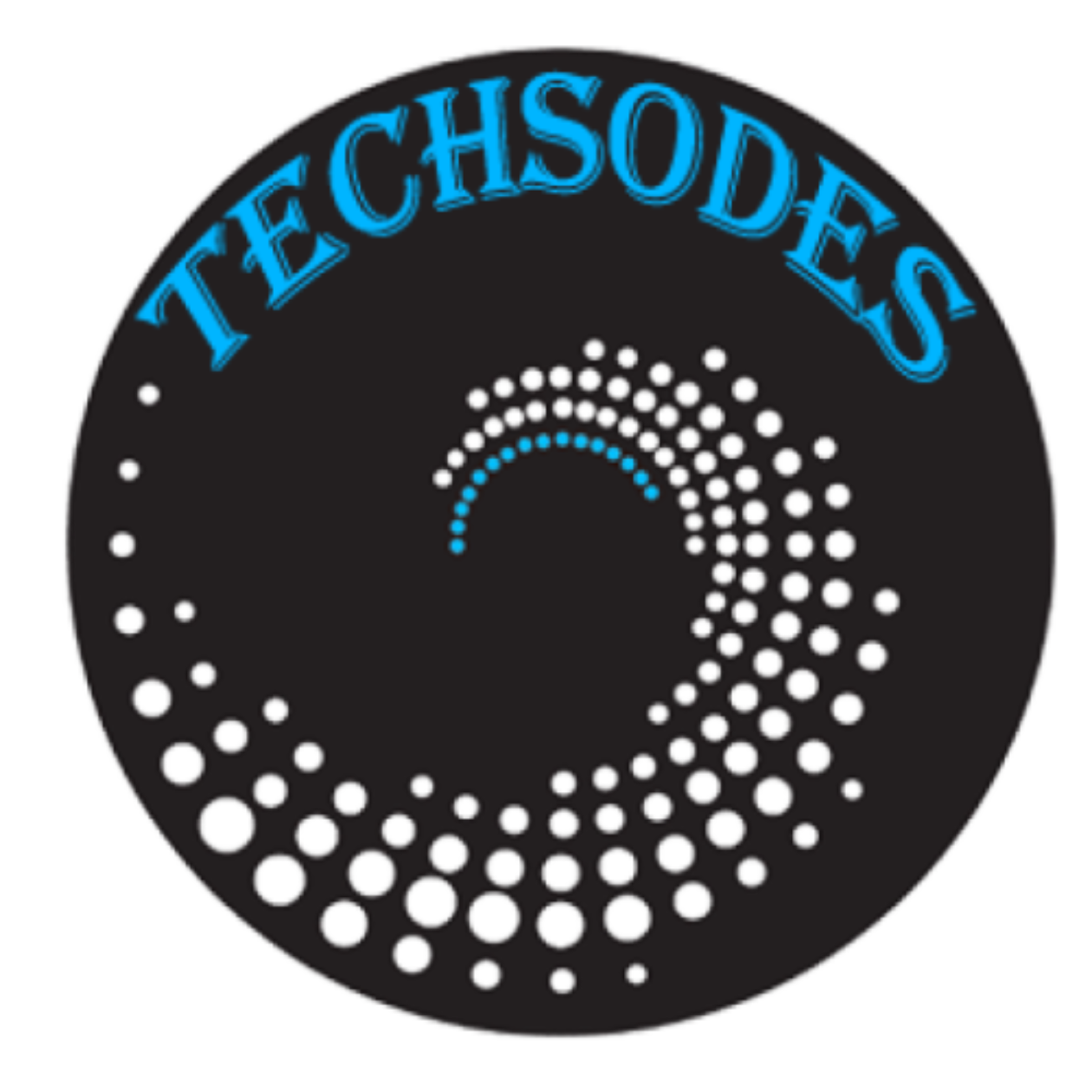
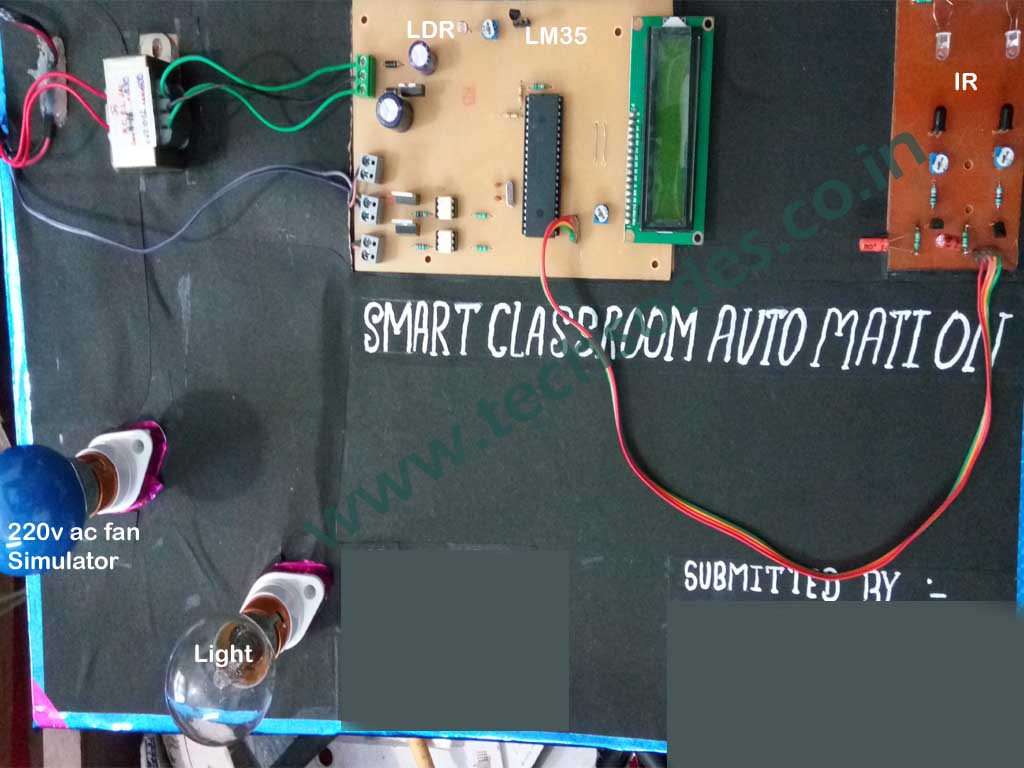
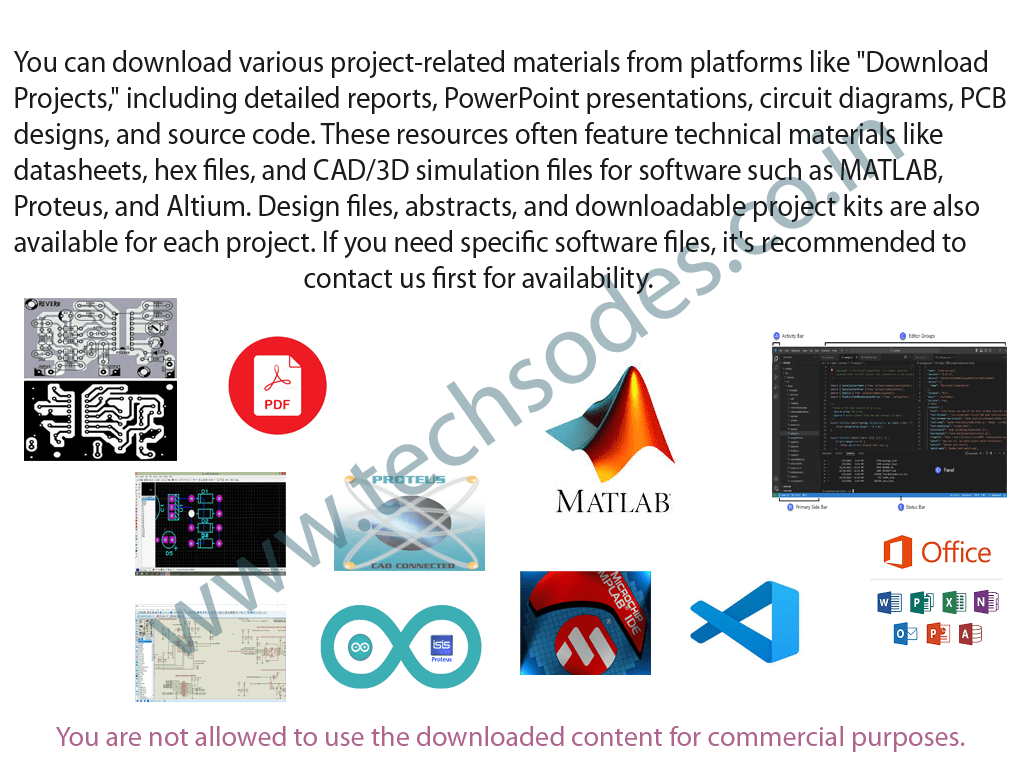
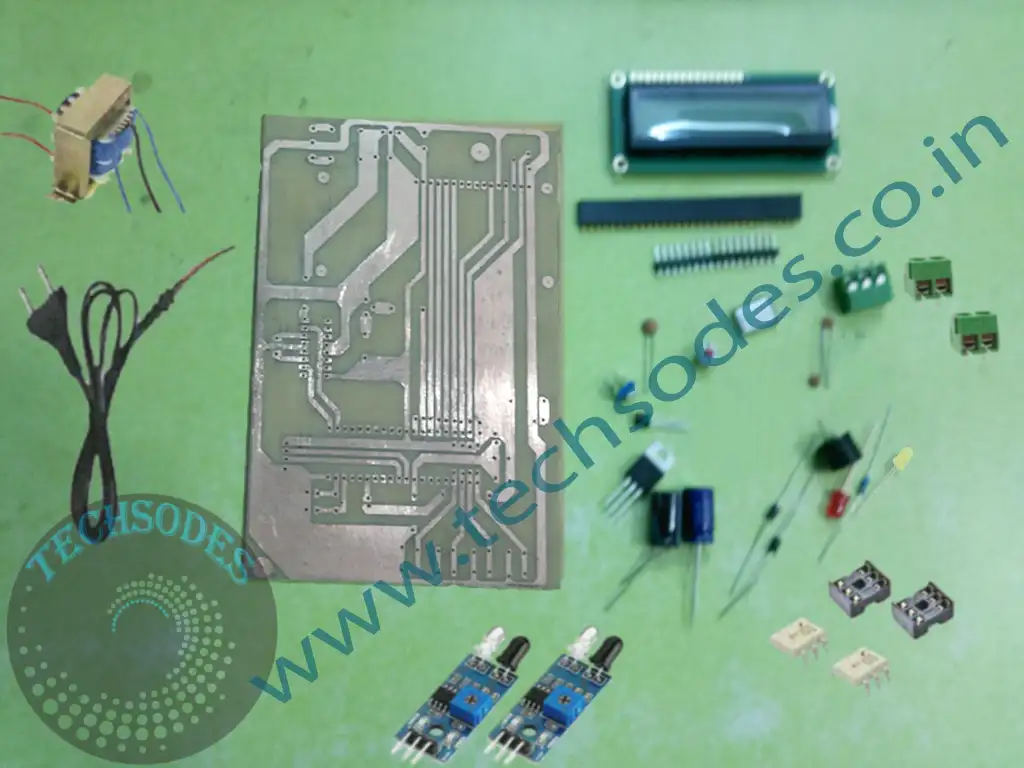
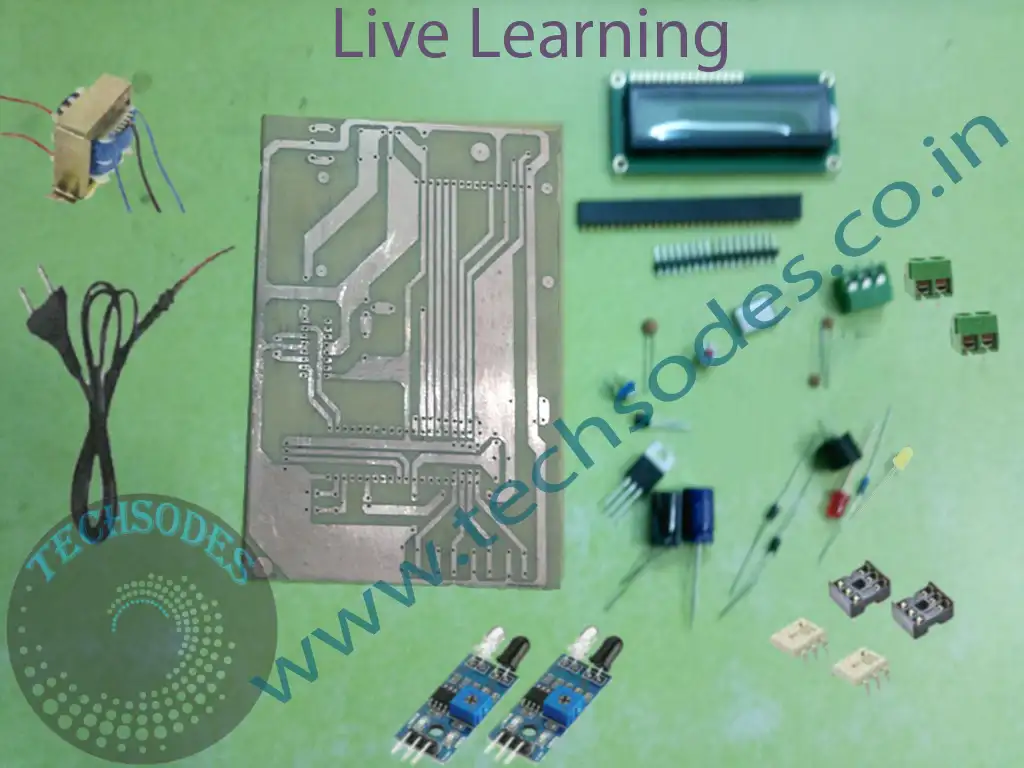






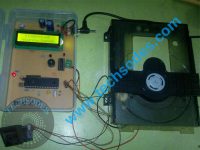
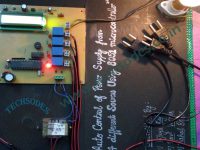

Reviews
There are no reviews yet.